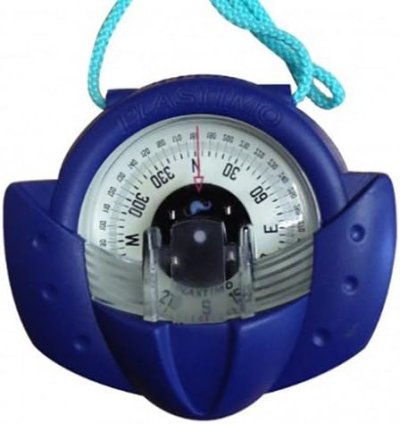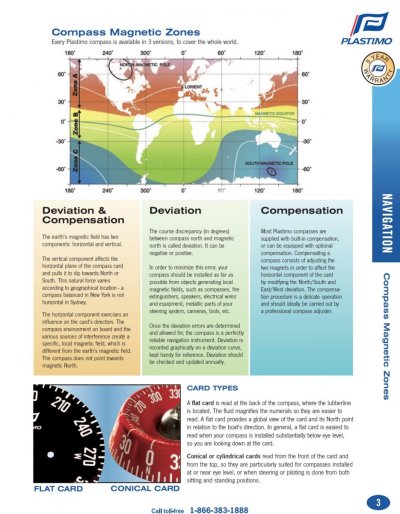RT Firefly
Enigma
Greetings,
Our new boat has a magnetic compass mounted near enough to our Garmin GPS/radar screen to effect it's accurate operation. I would really like the compass as a backup in the event of electronic failure.
Is there any way to tune out the close effects of the electronics to increase the accuracy of the compass without moving either the compass or the electronics?
Both are mounted in the helm area in such a fashion that moving either will create a hole in the dash that will be both unsightly and difficult to patch.
Thanks.
Our new boat has a magnetic compass mounted near enough to our Garmin GPS/radar screen to effect it's accurate operation. I would really like the compass as a backup in the event of electronic failure.
Is there any way to tune out the close effects of the electronics to increase the accuracy of the compass without moving either the compass or the electronics?
Both are mounted in the helm area in such a fashion that moving either will create a hole in the dash that will be both unsightly and difficult to patch.
Thanks.



